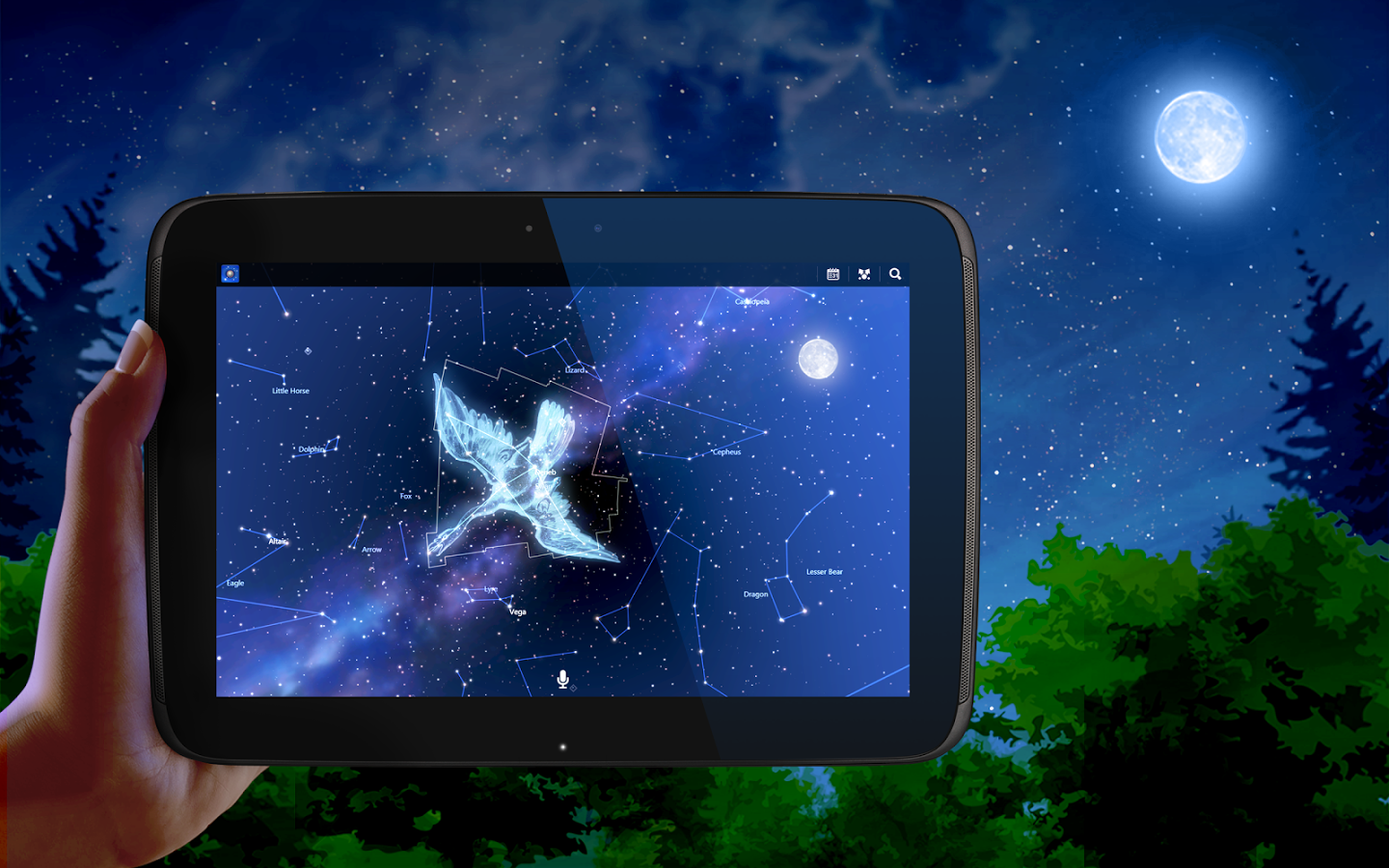From the Principal's Office: Students Explore Space in the Palm of Their Hands

Towards the end of March and throughout April, Mrs. Moutafis' Science & Society class at New Milford High School studied Space Exploration. Students created a timeline of the key events that helped shape space exploration, answered questions using the Padlet website, and created travel brochures of a planet of their choosing within our solar system - using the NASA website and additional resources to obtain information from. They compared their chosen planet in the solar system to Earth, and described what it would be like to vacation there. The students listed components necessary for comfortable living, tourist attractions, and possible excursions based on the terrain of their planet or neighboring satellite.
Image credit: https://play.google.com/store/apps/details?id=com.escapistgames.starchart
Using star manipulatives, the class created their own zodiac sign and the Big Dipper. They also downloaded SkyMap (or similar programs specific to their app market) and roamed the classroom to find where their zodiac sign was during the day. They also commented on other interesting features they discovered using the app, such as the location of satellites and other planets. The class was also introduced to the Stellarium program. To begin, the class researched the longitude and latitude of New Milford, NJ. They took this information and set the default location of the program to their local sky. Students were able to navigate through the program to identify famous constellations in the night sky, their own zodiac signs, and planets visible to us at specific times. After locating them using the program guidelines, they removed them to be able to locate them without any help. Once they located them in the New Milford sky, they selected their own location in the southern hemisphere to compare it to our night sky, and also find specific constellations.
They also researched the history of their zodiac sign, and the story unique to their specific sign. As an added component to the lesson, the class created their own astrolabe and used them to navigate in the building, just as explorers did as they navigated the seas to discover new worlds. They used it in a modified way, where they instead looked to the time and location of a constellation to determine the direction to turn in the hallway. After they found the location, they scanned a QR code located there to find a famous explorer that used the astrolabe.
cross-posted at A Principal's Reflections
Eric Sheninger is a NASSP Digital Principal Award winner (2012), PDK Emerging Leader Award recipient (2012), winner of Learning Forward's Excellence in Professional Practice Award (2012) and co-author of Communicating and Connecting With Social Media: Essentials for Principals and What Principals Need to Know About Teaching and Learning Science. He presents and speaks nationally to assist other school leaders in effectively using technology. His blog, A Principal's Reflections, was selected as Best School Administrator Blog in 2011 by Edublogs.
Tools and ideas to transform education. Sign up below.
